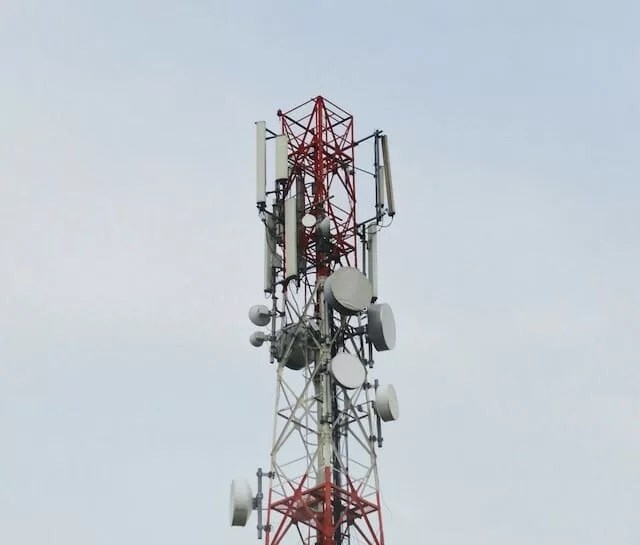5G is here with us and along with it, 5G phones. 5G offers a lot of benefits over its predecessors. There are 5G phones already in the market, and you can experience some of these benefits right away.
However, since the technology is in its early stages, 5G smartphones come with a couple challenges. So, before you go out and buy one, here are a few you need to consider before purchasing one.
1. 5G Phones Are Overpriced

New technology is usually expensive since it costs time and money to develop. The same is true of 5G phones which come with a steeper price tag compared to non-5G phones.
For example, a mid-range budget Android phone will cost you about $350, while a midrange 5G phone like the Oppo Reno 8 5G will cost around twice that in comparison. That is a $250 price difference for a phone that does not come with premium smartphone features to justify the price.
In essence, the consumer is paying tax for the new 5G network. Consider waiting for 5G phones to develop further and see price reductions in the handsets as new phones with improved features roll out.
2. Limited Variety of 5G Phones

Smartphone manufacturers like to be the first ones to launch new, cutting-edge smartphones in the market. However, with 5G phones, they have been slow in introducing a range of 5G phones into the market. Currently, one is limited to a narrow pool of phones that ship without top-notch features.
Also, mobile network providers and smartphone manufacturers are partnering and labeling their phones as 5G – but these devices are not “real” 5G phones.
When 5G started, it was on mmWave (extremely high radio frequencies) and could reach impressive download speeds as high as 1Gbps. However, this form of 5G has been slow to expand in the market. Instead, network providers have opted for sub-6Ghz 5G frequencies which give better coverage compared to mmWave.
The problem is that the flagship 5G phones like Samsung Galaxy S10 5G cannot be on sub-6Ghz 5G since they were built for mmWave.
Anyone who bought the phone when it was launched in 2019 will be left out in the expansion of 5G as the phone is not compatible with the current sub-6Ghz network. Therefore, there is a possibility that the 5G phone you buy today cannot keep up with the expansion of the network in the future.
3. 5G Coverage May Not Be Available Where You Live

5G is in its early days, and mobile network providers are laying the infrastructure to offer 5G coverage. Safaricom recently launched 5G Wi-Fi network recently in selected parts of country. Currently, Safaricom is the only telco that has set up 5G for the masses and even they haven’t covered the entire country.
Going by these statistics, this coverage barely serves the Kenyan population of over 40 million. If you were to buy a 5G phone, there is a high probability that you will be in an area where there is no 5G network.
In contrast, the 4G/3G coverage in the country currently stands at 96.3%. 4G looks more feasible for the time being.
4. Short Battery Life

5G phones are notorious for heating up, especially when in use for a long time. Attributed to 5G phones taking up a lot of energy is beamforming to increase reception and process the received data. Beamforming is how 5G phones receive cellular signals. There has to be a clear sightline between a 5G cellular tower and a 5G phone. In contrast, 4G and other older network generations broadcast cellular signals, then phones around pick up the cellular signal.
The problem with beamforming is that it overworks the battery of the 5G phone and makes it heat up quickly. In addition, a 5G phone has three or more antennas to make sure it receives the signal from the 5G cellular tower at all times, further compounding the issue of the battery heating up despite 5G phones having bigger batteries than non 5G phones.
5G phones are also “warm to the touch” even when performing non-demanding tasks. In temperatures over 29.5°C, they tend to heat up as well. So, if you are going to buy a 5G phone, you need to be comfortable with it heating up and having a short battery life.
5. Overpriced Plans

If you hop on to the 5G bandwagon, be ready to pay for premium unlimited 5G plans. For example, if you are a Safaricom customer, you will have to pay Ksh 25,000 for the 5G router and an additional Ksh 5,000 installation fee. This is before paying for your desired 5G bundle package.
In my opinion, this is a lot of money to spend on a network that isn’t fully developed.
Why You Shouldn’t Buy a 5G Phone Yet
Whenever a new technology enters the market, there is usually a lot of buzz that comes with it. 5G is no different. There is a lot of excitement about how 5G will revolutionize the internet and be the new frontier to progress humanity further into things like IoT, smart cities, autonomous vehicles, precision agriculture, telemedicine, AI-enabled customer service, among many other possibilities.
However, with any new technology, tech companies rush in to cash in on the hype. Although it makes business sense, in the end, most of the products released into the market are usually ill-defined technology that is wasteful and overpriced. It is the case with 5G phones.
It would be best to sit it out a bit and wait for the 5G network to roll out in more places and have better quality 5G phones developed before buying one.









